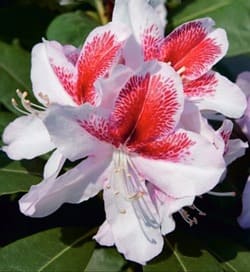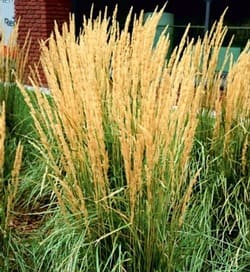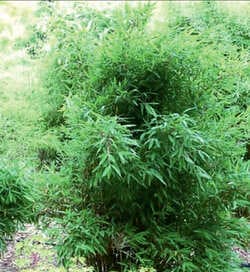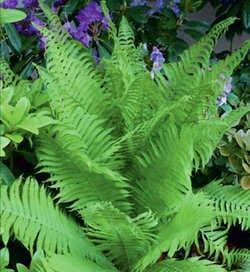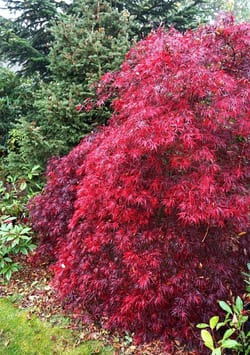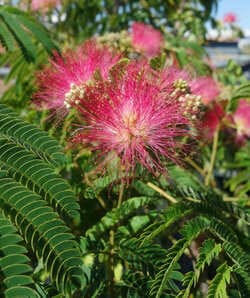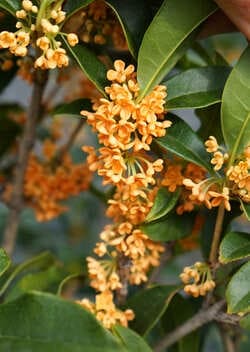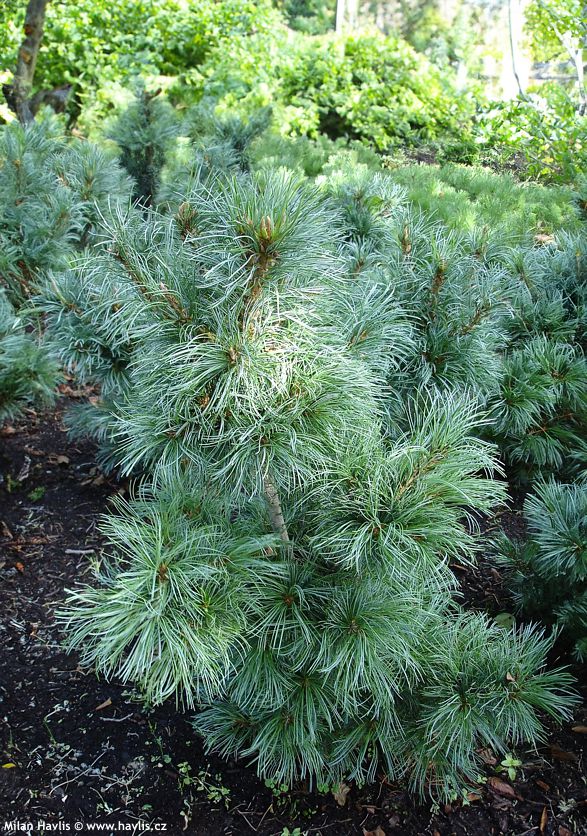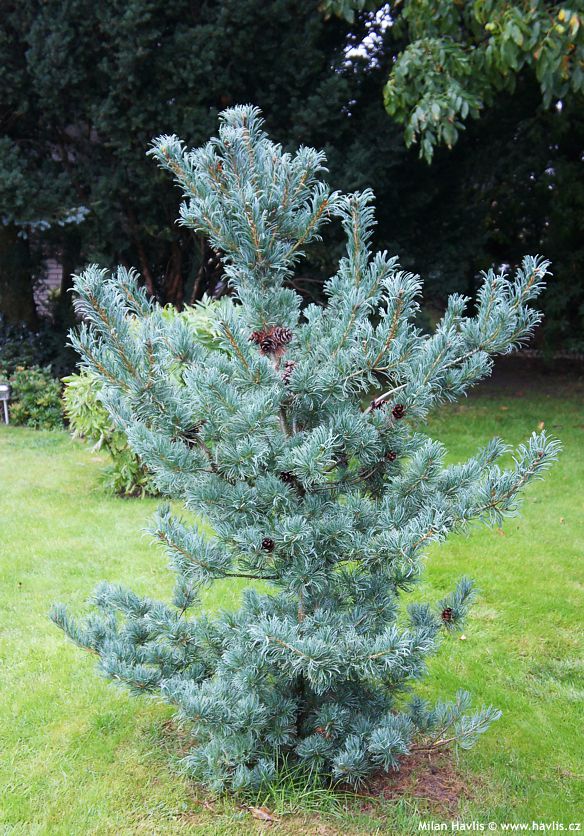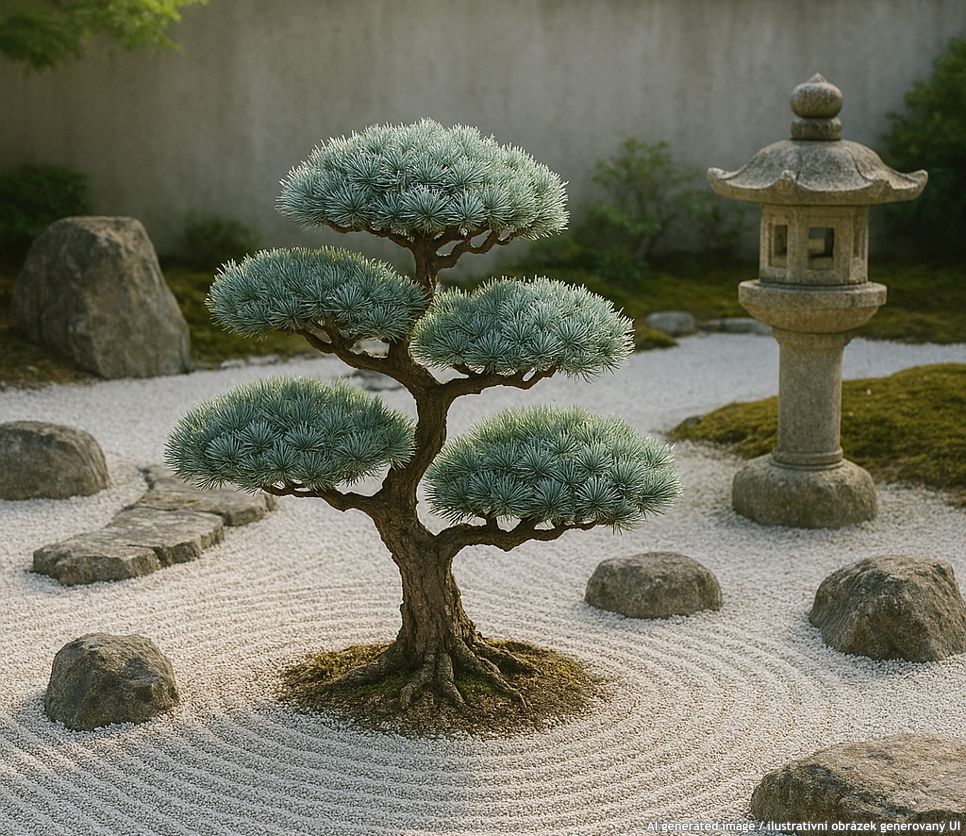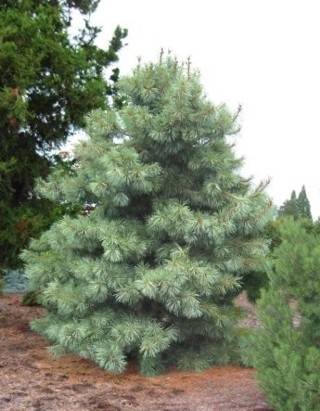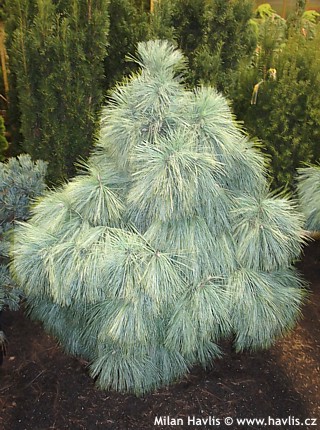Pinus parviflora 'SCHOON'S BONSAI' Japanese white pine
Pinus
Pines are magnificent trees found across a wide range of climates – from the cold northern regions to the sun-scorched coastal plains: the Scots pine (Pinus sylvestris) withstands frosts down to around –50 °C and grows beyond the Arctic Circle, while the Aleppo pine (Pinus halepensis) tolerates summer heat exceeding +45 °C on the dry Mediterranean slopes. The genus Pinus is the largest genus of conifers in the Northern Hemisphere, comprising around 115 species. Fossil records show that it evolved as early as the Early Cretaceous, 130–140 million years ago. Botanists today divide it into two subgenera: subgenus Pinus, the so‑called “hard pines” with two to three needles per fascicle and denser wood, and subgenus Strobus, the “soft pines” most often with five needles per fascicle and softer wood. Within these subgenera, further sections are distinguished according to cone and needle morphology. Pines have become symbols of resilience and longevity, appearing in mythology and art from China to Europe, and their diversity is so vast that it includes towering mountain giants as well as dwarf garden forms. Many cultivars have been bred, yet the most beautiful remain the wild pine forests, whose place and size were never dictated by human hands.
Japanese White Pine (Pinus parviflora Siebold & Zucc., 1842) is one of the most beautiful trees of Japanese flora. It grows on the mountain slopes of Honshu and Shikoku, often clinging to wind-swept rocks – that’s where it develops its characteristic, irregular shape. It belongs to the group of “soft pines” with five needles per bundle, delicate and silvery blue-green, shimmering like silk in sunlight. In Japan, it is considered a tree of aristocrats: since the Edo period, it has adorned the gardens of samurai residences and temples. Its silhouette became an icon of bonsai art – Pinus parviflora is the most used species for classic bonsai because it ages gracefully and creates dramatic trunk lines. In nature, it can reach up to 25 metres, yet even then retains an elegant, tiered habit. An interesting feature is that its cones open slowly and remain on the tree for several years, adding a decorative touch to the canopy. In traditional ukiyo-e woodblock prints, it appears as a symbol of calm and perseverance, often contrasted with mountains and water surfaces.
Japanese White Pine Schoon’s Bonsai is a true gem for lovers of delicate detail. Its extremely compact, harmonious shape resembles a bonsai even without pruning or trimming. The needles are strikingly silvery to blue-green, gently twisted, creating the effect of a soft cloud, and you’ll feel an irresistible urge to caress them every time you pass by. It grows very slowly, only 3–5 cm per year, and at maturity reaches about 1.5 metres in height and roughly 1 metre in width. It originated in 1980, when it was discovered as a witch’s broom—a natural branch mutation on the cultivar ‘Glauca’—at the Schoon Baumschule nursery in Wittmund, Germany. It was introduced to professionals in 1983 in the magazine Deutsche Baumschule (German Nursery), where it immediately caught the attention of conifer experts who recognized its true potential for uniqueness and beauty. To this day, compared to other Japanese white pine cultivars, it remains less available in standard assortments and is considered a sought-after collector’s piece.
‘Schoon’s Bonsai’ is ideal for gardens that embrace tranquillity and empty space. In Japanese aesthetics, emptiness is not a lack but a value: the principle of ma refers to the space between things, allowing the composition to breathe. A dry stream bed (kare-sansui) suggests water without actually containing it, inviting imagination. A stone lantern (tōrō) without light recalls the transience of function (the light was there but has gone out) and the beauty of simplicity – this is wabi-sabi, the beauty of imperfection and incompleteness. Raked gravel as a base creates a rhythm that calms the mind, and empty areas (yohaku no bi) act like silence between musical notes – without them, the garden would feel crowded and lose the depth that sparks creativity in the mind. The compact form of Schoon’s Bonsai adds a living accent to this harmony: an irregular element that brings tension between order and freedom. Picture a serene expanse of gravel, a few stones, a lantern, and this delicate tree in between – the garden instantly becomes not just a decoration, but a place for meditation and a source of energy restoration. If you are drawn to spaces where not everything is filled, where emptiness has meaning, then Schoon’s Bonsai is the perfect choice for you.
Japanese White Pine loves full sun and well-drained, slightly acidic soil. It cannot tolerate permanently wet sites, so in heavy soils drainage is essential. In nature, it grows on mountain slopes, so it appreciates slightly sandy or gravelly ground. Fertilisation is not necessary, but in spring you can support it with an organic fertiliser low in nitrogen. Watering is needed only in the first year after planting; later it tolerates drought, though occasional watering prevents dieback of two- and three-year-old branches, which is normal for this species in poor soils. Pruning is not required – its slow growth maintains shape naturally – but you can gently shape it by shortening “candles” in spring or even train it into a true bonsai. In containers, it needs a light substrate and perfect drainage. It is fully hardy down to –34 °C, so it requires no winter protection in temperate climates (USDA zone 5).
Last update 07-02-2009; 14-07-2011; 23-11-2025












